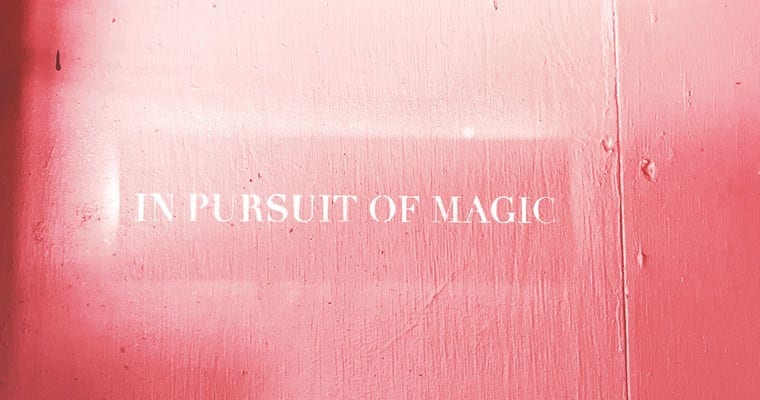
The cover letter should be written after the resume. It introduces the resume, highlighting the details that will be most important to the employer. Cover letters should be tailored and specific to each job posting.
Do you need a cover letter?
Yes. Even if the employer didn’t specifically ask for one, it’s best to include one. They help to demonstrate your writing skills, show your enthusiasm for the role and organization, and go into depth about your top qualifications.
A formal cover letter will begin with the following information. It’s best to address the cover letter to a specific person rather than “Dear Hiring Manager” if possible. To find out who the hiring manager is for the position, look through their staff web page, or do some research on LinkedIn to see if the job posting has a recruiting contact.
Your Name Here
Your Street Address
Your City, State, Zip Code
Your Phone number
Your professional email
Date
Name of Individual
Job Title of Individual
Company or Organization Name
Street Address or P.O. Box Number
City, State, Zip Code
Dear First Name Last Name:
The first paragraph should state the position you are seeking and tell how you learned of the it.
Tell them what interests you about their organization and this role specifically. This should be about what makes their organization unique or interesting and NOT about what you need and want.
In your last sentence, briefly state 2-3 qualifications that make you a competitive candidate for the position. These could be things like your education, skills, or experience, for instance.
These 2-3 qualifications should be based on what the employer is looking for in the job description. Write in conversational short sentences.
The middle paragraphs should highlight the most significant information the employer will read on your resume relating to your education, experience, activities, skills, accomplishments, and personal characteristics. These should be in relation to the position you are seeking.
You don’t have to cover everything that was in your resume though. This is where you go into detail about the 2-3 qualifications you mentioned in the first paragraph. Break these qualifications into separate paragraphs, with each paragraph describing one of those qualifications with details. Each paragraph should, ideally, include one specific example of you demonstrating that qualification.
The last paragraph should summarize your qualifications and interests. Include contact information like your telephone number and e-mail. Always thank the employer for consideration of your application.
End your cover letter with something like this:
Sincerely,
Signature (For printed cover letters; in blue or black ink)
First and Last name (typed)

